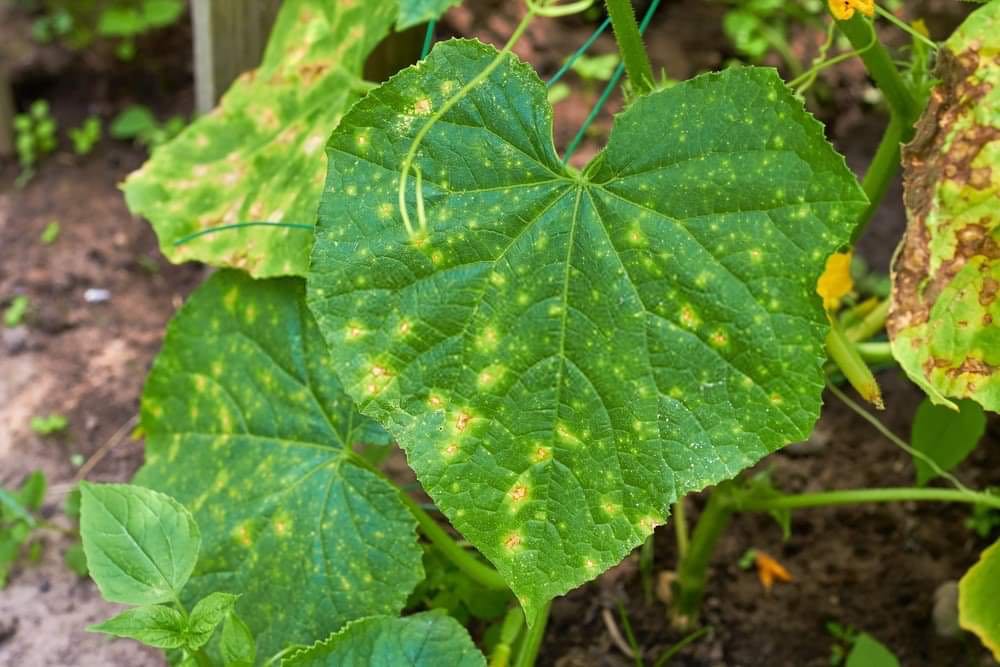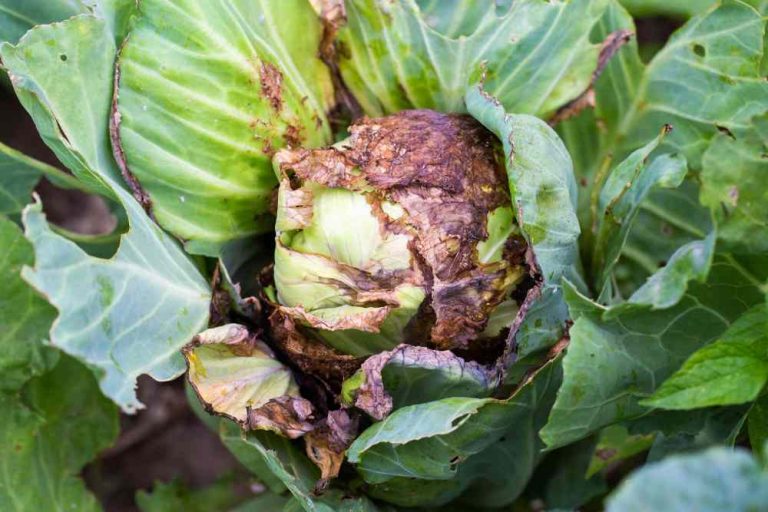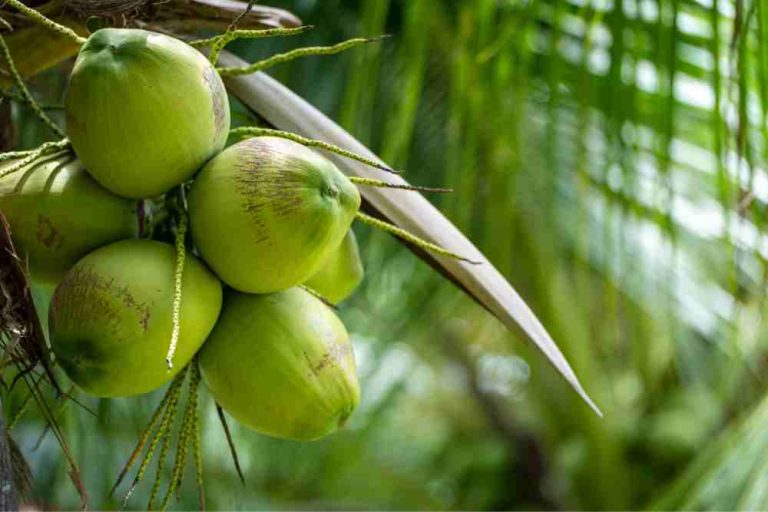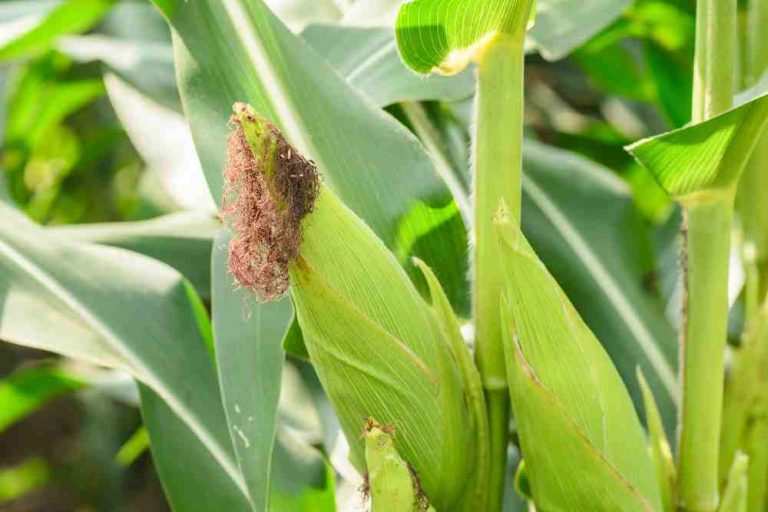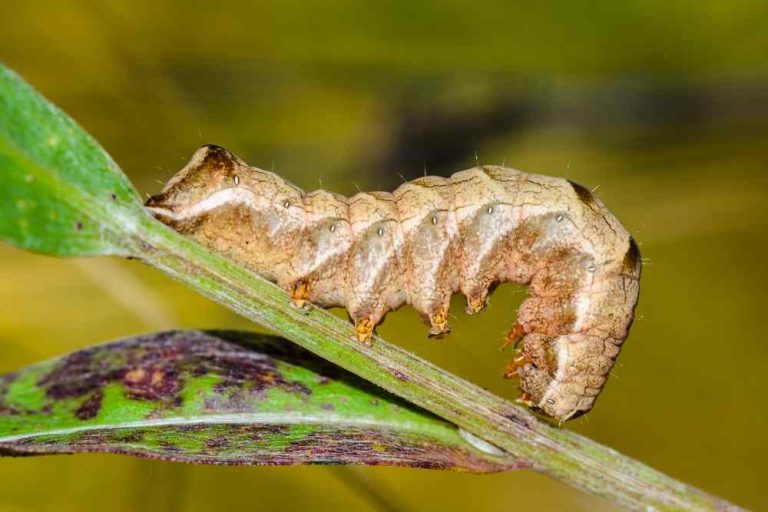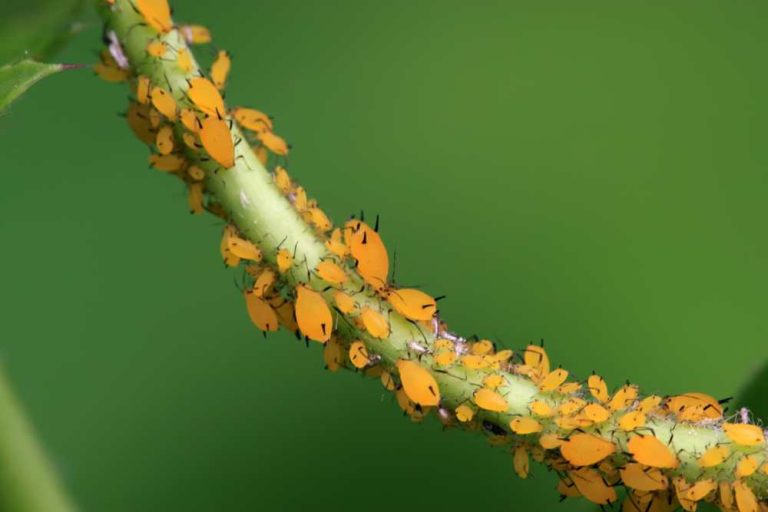Understanding Downy Mildew: A Threat to Agricultural Crops
Downy mildew is a bunch of closely connected pathogens that may cause major harm within the nursery, greenhouse, and landscape.
Some common downy mildew hosts include aster (Aster spp.), alyssum (Alyssum spp.), butterfly bush (Buddleia spp.), coreopsis (Coreopsis spp.), carrots, hardy geranium (Geranium spp.), Geum (Geum spp.), dead nettles (Lamium spp.), phlox (Phlox spp.), rose (Rosa spp.), rosemary (Rosemarinus spp.), sage (Salvia spp.), snapdragon (Antirrhinum), Veronica (Veronica spp.), viburnum (Viburnum spp.), columbine (Aquilegia), foxgloves, geum, grapevines, hebe, busy Lizzie (Impatiens), lettuces, onions, pansies, parsnips, peas, poppies, rhubarb, roses, spinach and tobacco plants (Nicotiana).
Powdery mildews (Oomycete) are real fungal diseases that create white, flour-like colonies on upper leaves. On the lower leaf surfaces, downy mildew generates grayish, fuzzy spores and mycelium.
Symptoms Of Downy Mildew
Downy mildew-affected plants are more difficult to identify than powdery mildew-affected plants. Downy mildew is unique in that it can take on several forms depending on the type of plant it infects.
On the underside of the leaf, a mould-like development corresponds to the blotch on the upper surface. Depending on the species of downy mildew, this growth might be white, pale green, yellow, brown, grey, or purple. If the blotches are bounded by the leaf veins, they can have straight edges. The growth of some plants (such as peas and pansies) may be seen with the naked eye. On others (such as foxglove and rose), even with a hand lens, it can be difficult to see.
Leaves that are severely harmed may shrivel and turn brown (i.e. tobacco plants) or turn yellow and fall prematurely (e.g. Impatiens, rose). Other plant parts, such as cauliflower curds, Impatiens flower buds, and pea pods, may also be affected. Plants that have been severely affected are frequently stunted and lack energy. The plant may die in some circumstances (e.g. columbine, Impatiens, tobacco plant).
Downy Mildew Disease Cycle And Transmission
Downy mildews are caused by fungus-like (Oomycete) organisms that are microscopic. Despite having a similar name and certain symptoms in common, they are unrelated to powdery mildew. Spores formed on the underside of diseased leaves transmit the illness. Rain splashes these spores, and they can also be spread over large distances by the wind. They can only spread over about 400 meters.
Because infection requires prolonged leaf wetness, significant outbreaks of downy mildew are only likely to occur outside during wet summers. When plants like lettuces are produced in glasshouses, the disease can be present all year and can create serious issues in the spring and autumn, when humidity and leaf wetness are especially difficult to control.
Much downy mildew develops its spores at night, and serious outbreaks can result from prolonged periods of excessive humidity or leaf wetness. Although the airborne spores only last a brief time, most downy mildew also develops a second spore type (a resting spore called an oospore) within the damaged plant tissues. These dormant spores are a lot tougher.
They are released into the soil as the diseased material decomposes, and they have a good chance of surviving for a long time (up to five years).
If the host plant is grown in contaminated soil again while the resting spores are still viable, the resting spores may infect it through the roots, resulting in a systemic infection (one that spreads throughout the plant).
Management Of Downy Mildew
Chemical Control
- There are no fungicides available to amateur gardeners for use against downy mildews. Fungicides are available from professional applicators.
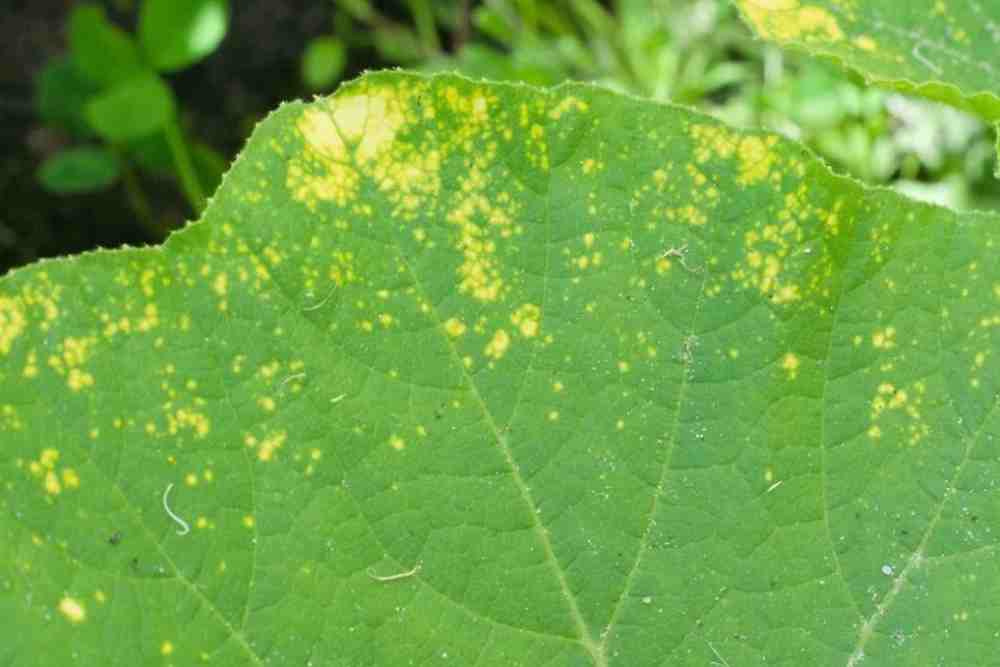
Non-Chemical Control
- Pick off and dispose of (by deep burial, burning, or consigning to the council green waste) affected leaves as soon as symptoms are seen.
- Remove and destroy severely affected plants.
- Water in the early morning hours, or use a soaker hose, to give the plants time to dry out during the day.
- Avoid dense planting, so that there is good air circulation around the plants.
- Keep the ground under infected plants clean during the fall and winter to prevent the disease from spreading.
- Remove and destroy any plants with a serious infection.
- Choose resistant varieties whenever possible.
- In glasshouses, attempt to avoid prolonged leaf conditions or periods of high humidity. Avoid overhead watering wherever possible. When the weather permits, open the doors and vents to enable air to circulate.
- Avoid watering plants in the evening, as this will result in high humidity or leaf condition that persists throughout the night. Water first thing in the morning so that the leaf surfaces dry quickly.
- To avoid infection from soil-borne resting spores, apply crop rotation for vegetables, and avoid re-planting with the same host for at least a year where an ornamental plant has been affected.
- This disease overwinters on dead material, therefore removing the dead material from your garden within the fall can facilitate forestall the disease within the following spring. If your plants become afflicted with downy mildew, your best bet is to use organic downy mildew control.
- 20+ Chic Boho Bedroom Ideas for a Cozy and Stylish Retreat - June 20, 2024
- 12+ Modern Boho Living Room Ideas to Create a Unique Oasis - June 10, 2024
- 10 Stunning Canopy Bed Ideas for a Dreamy Escape - May 16, 2024

